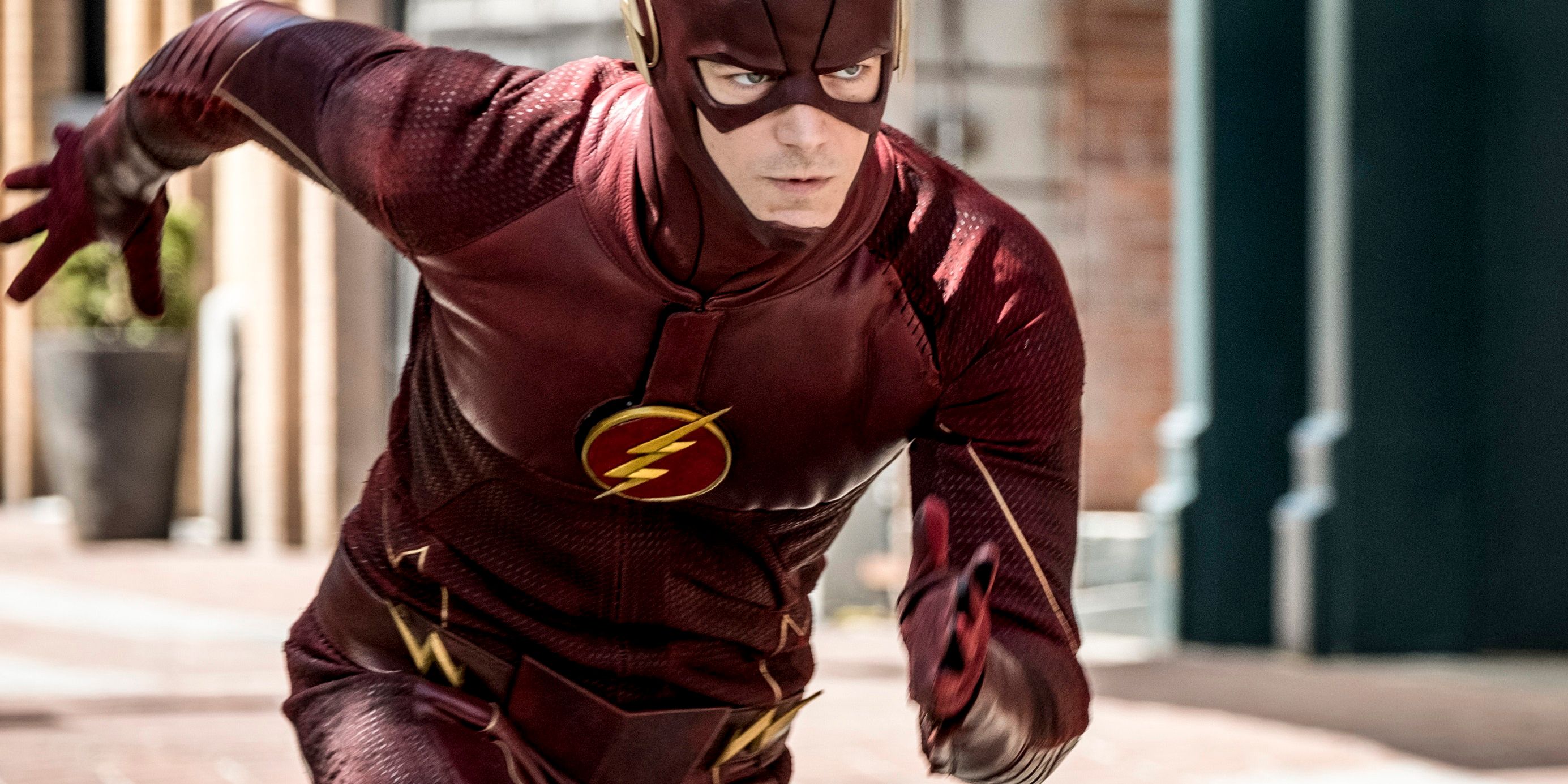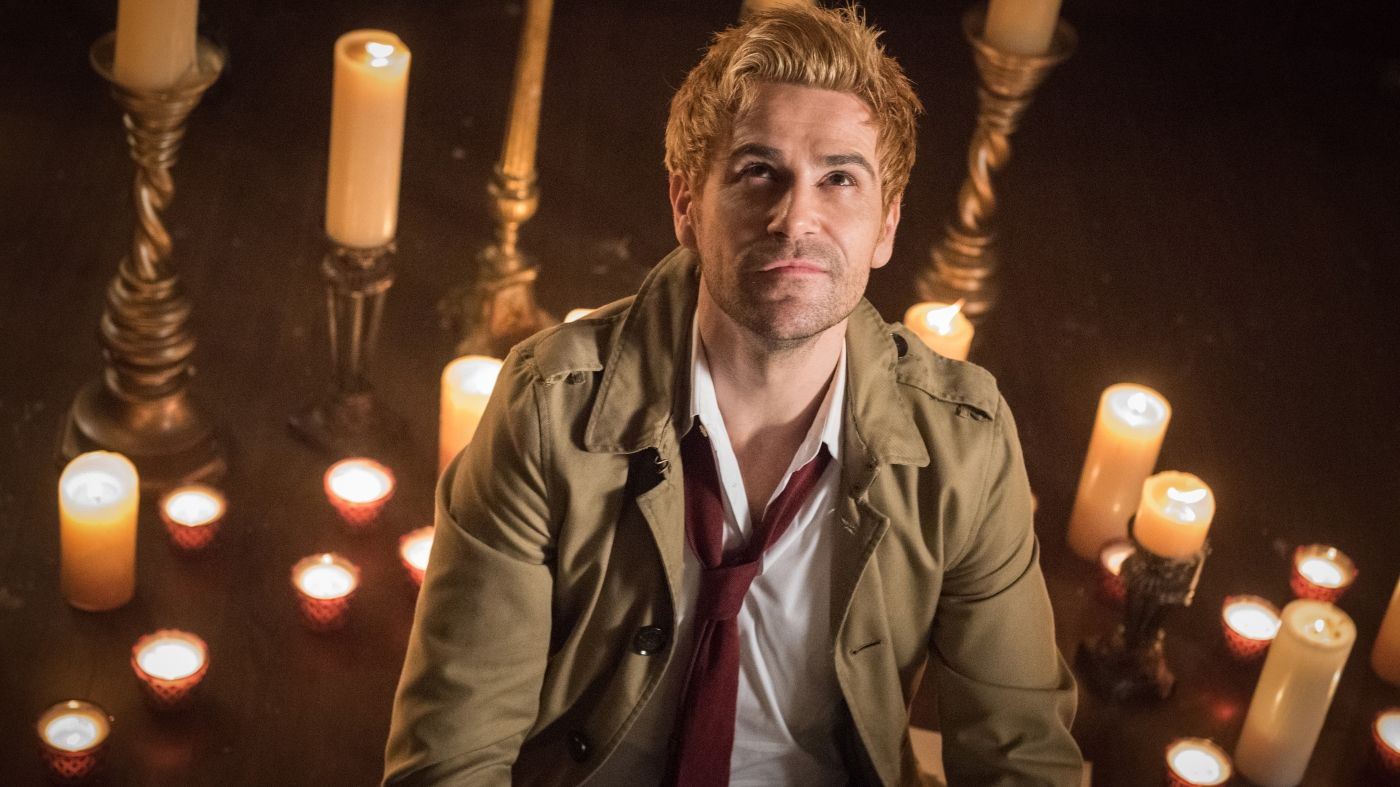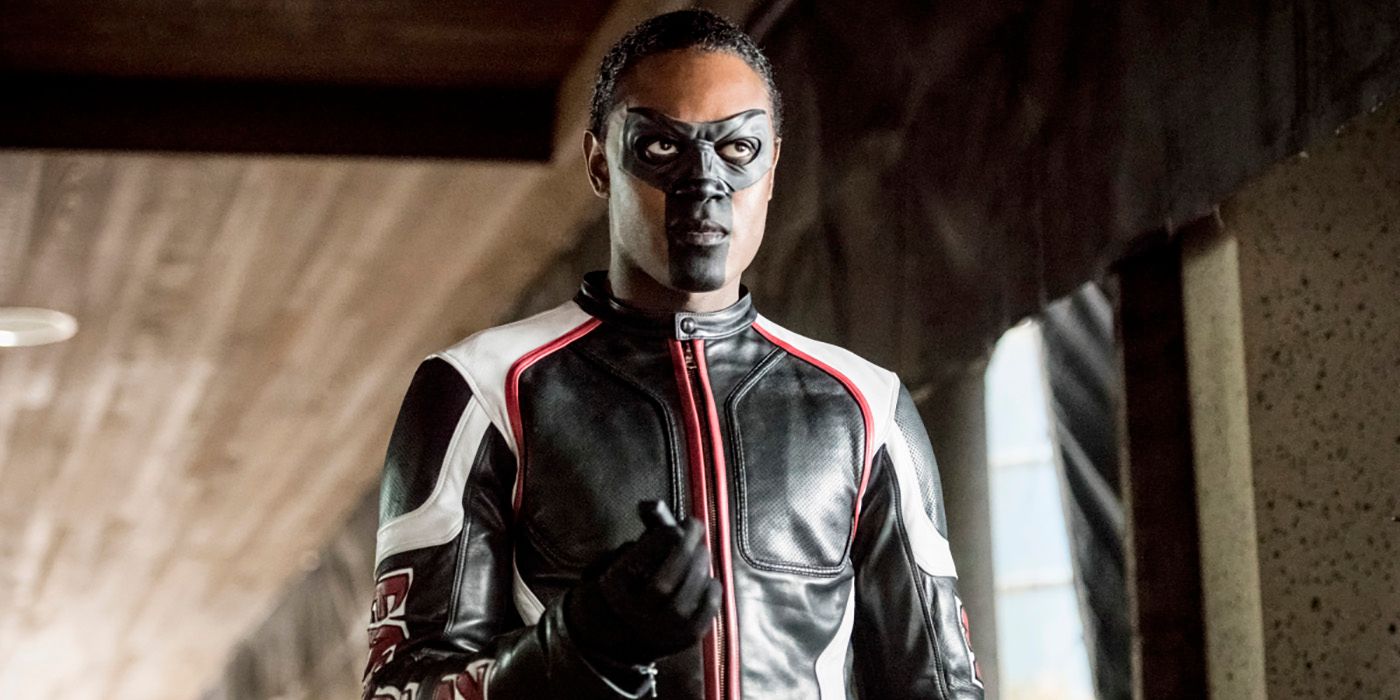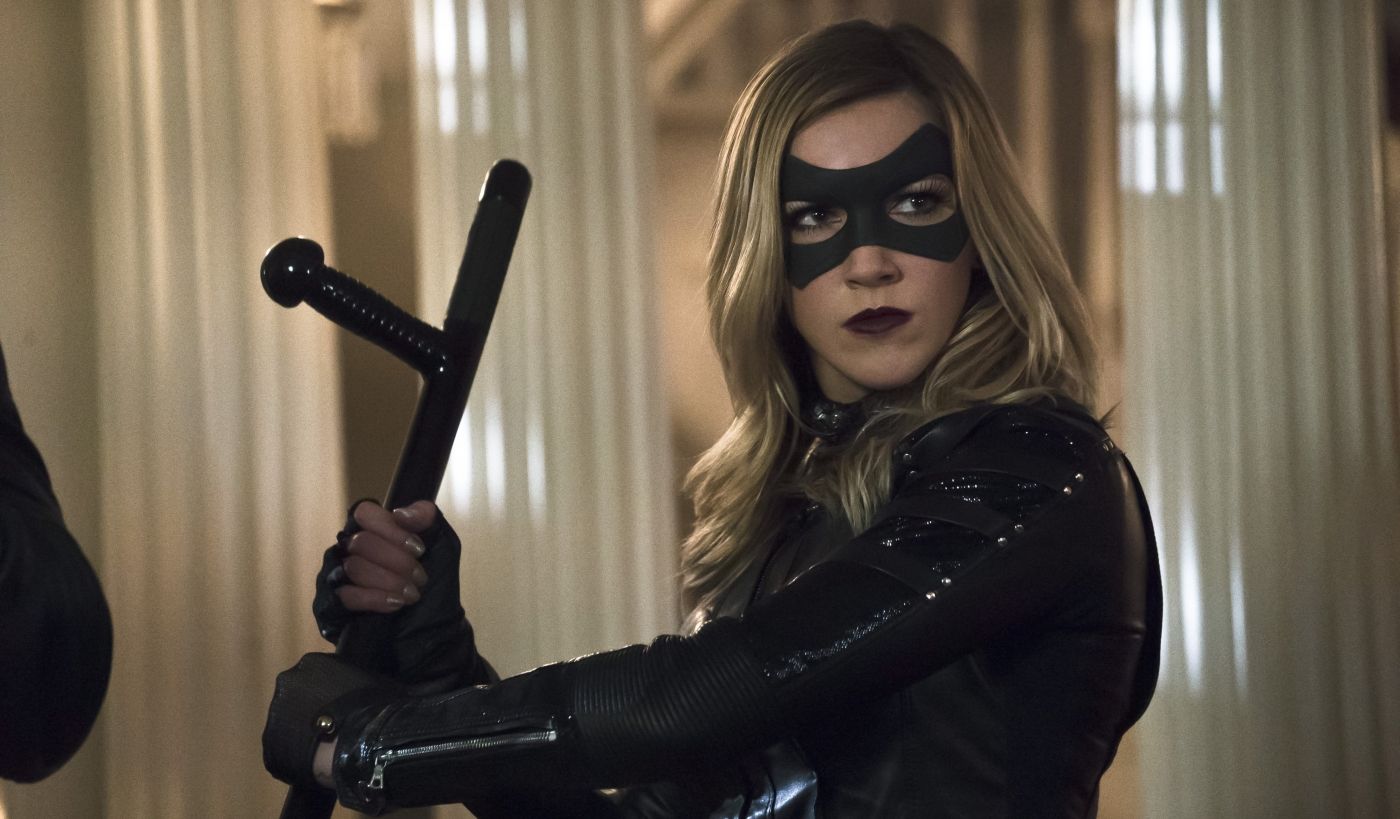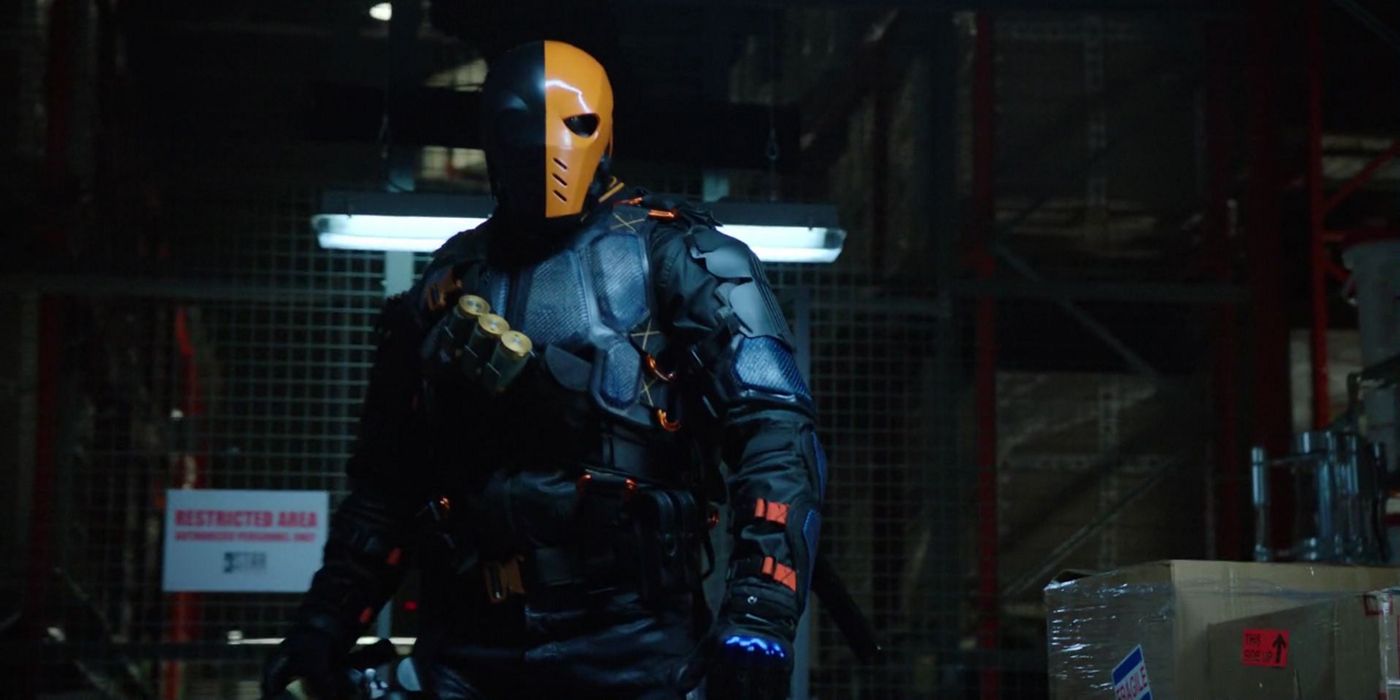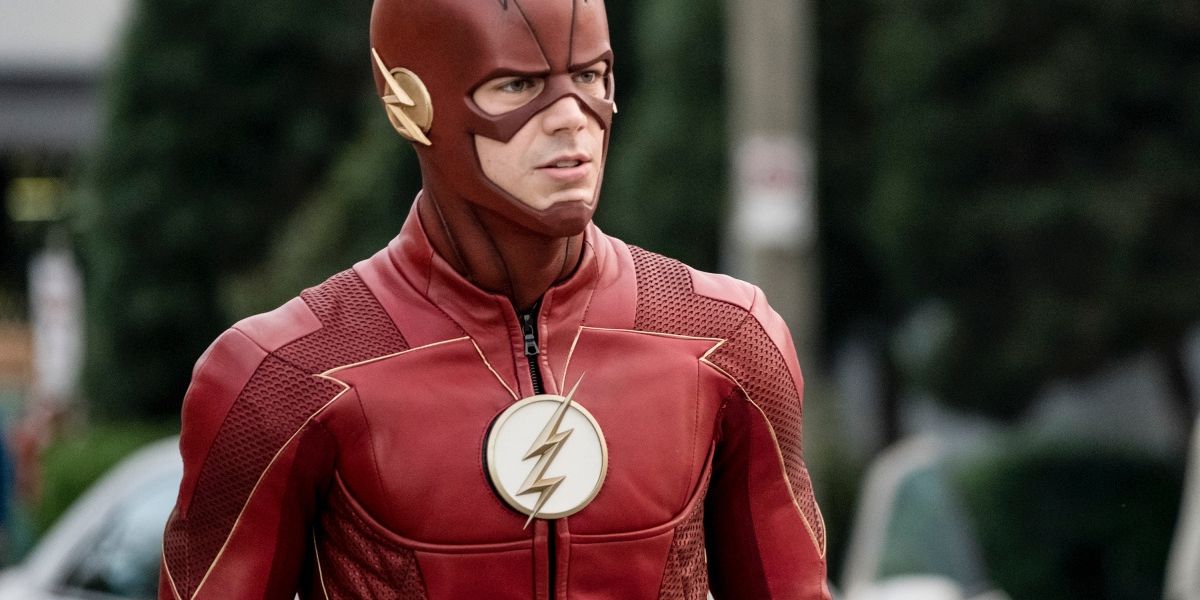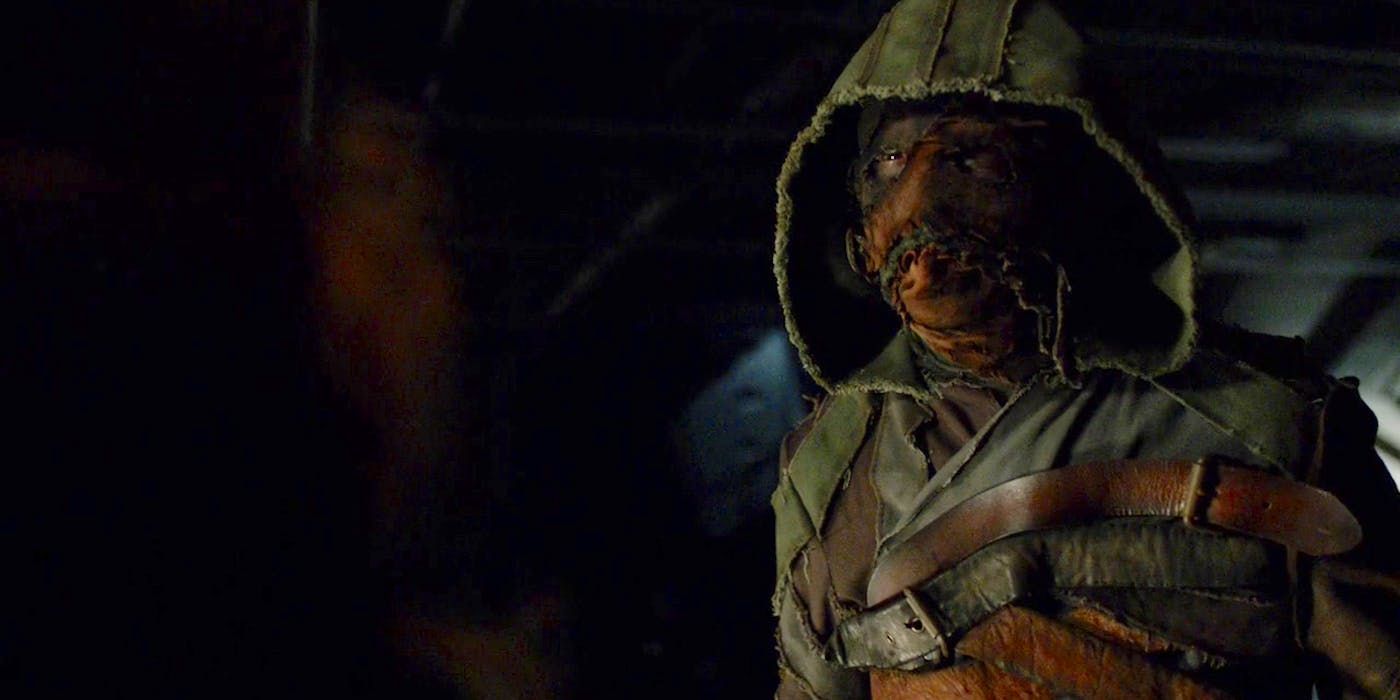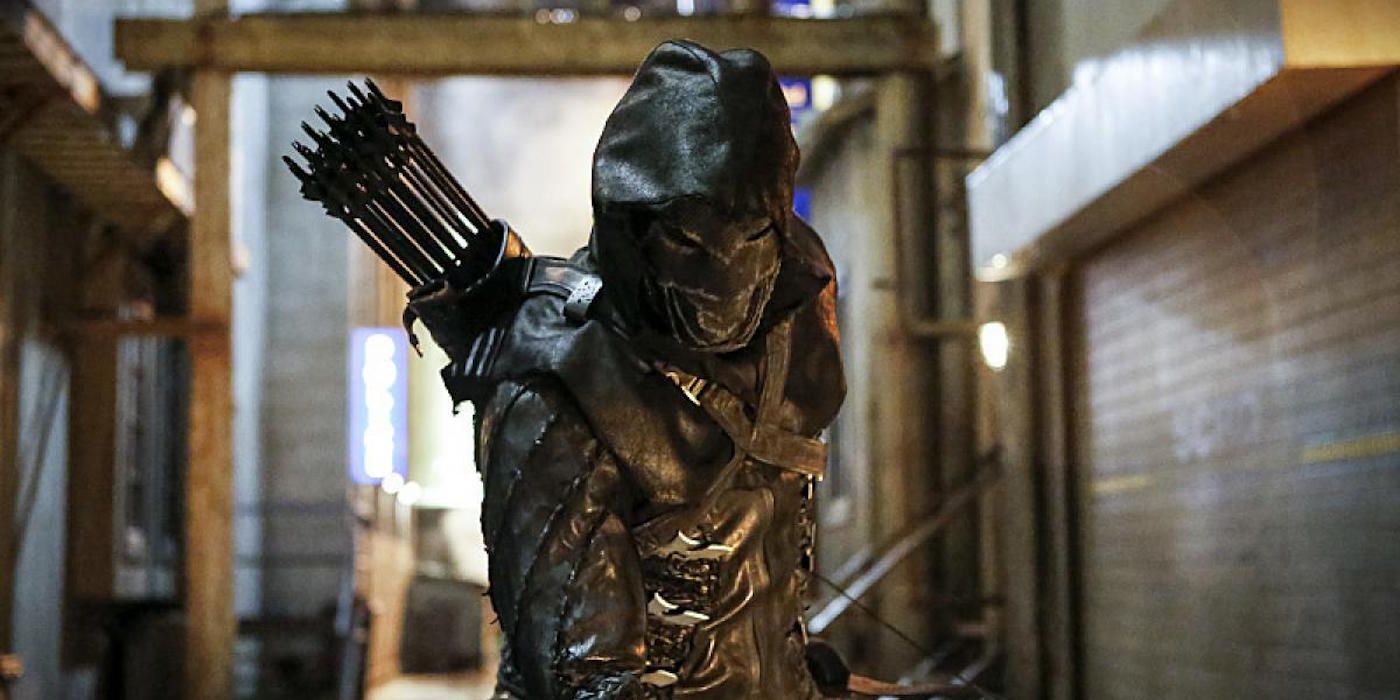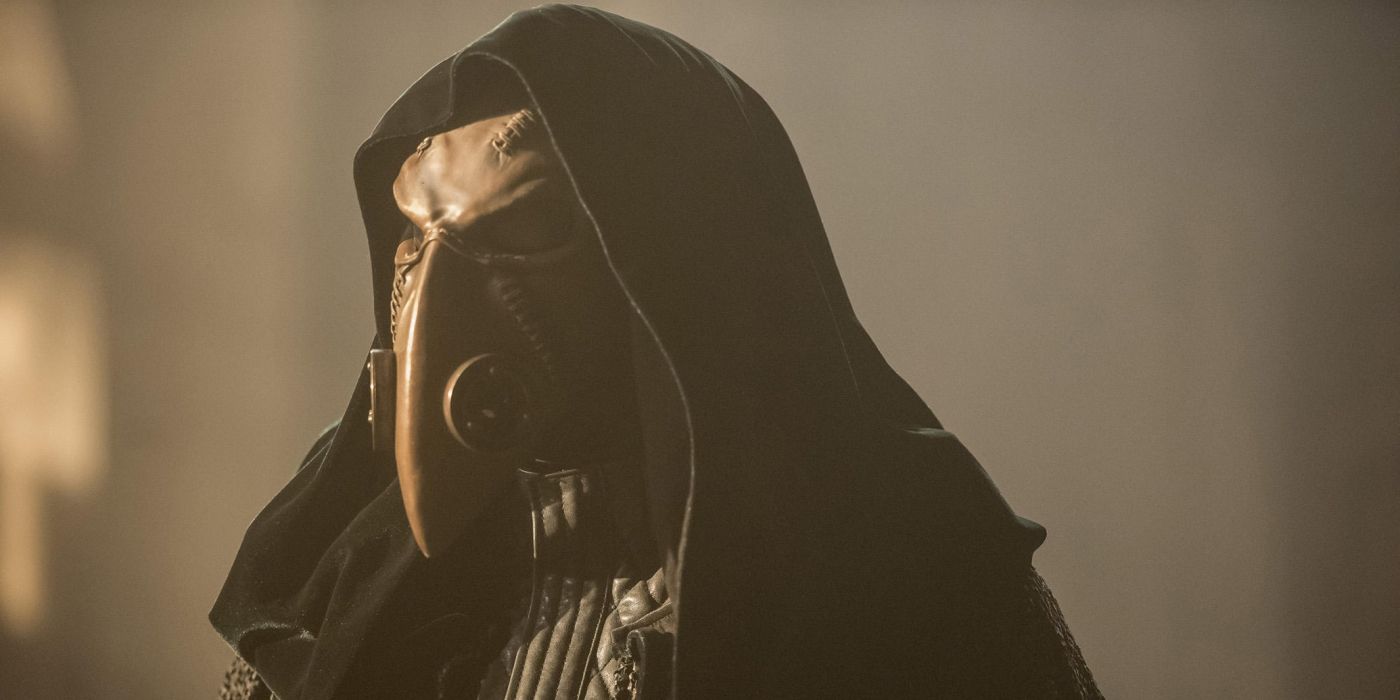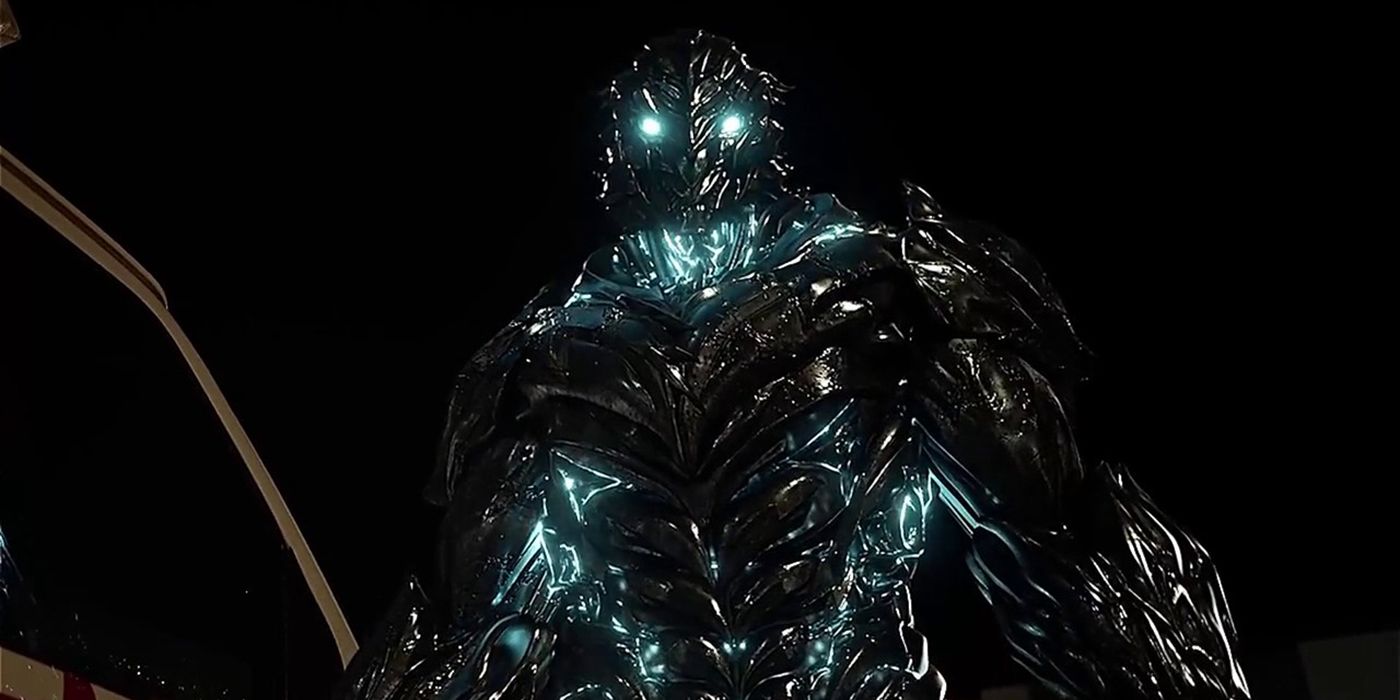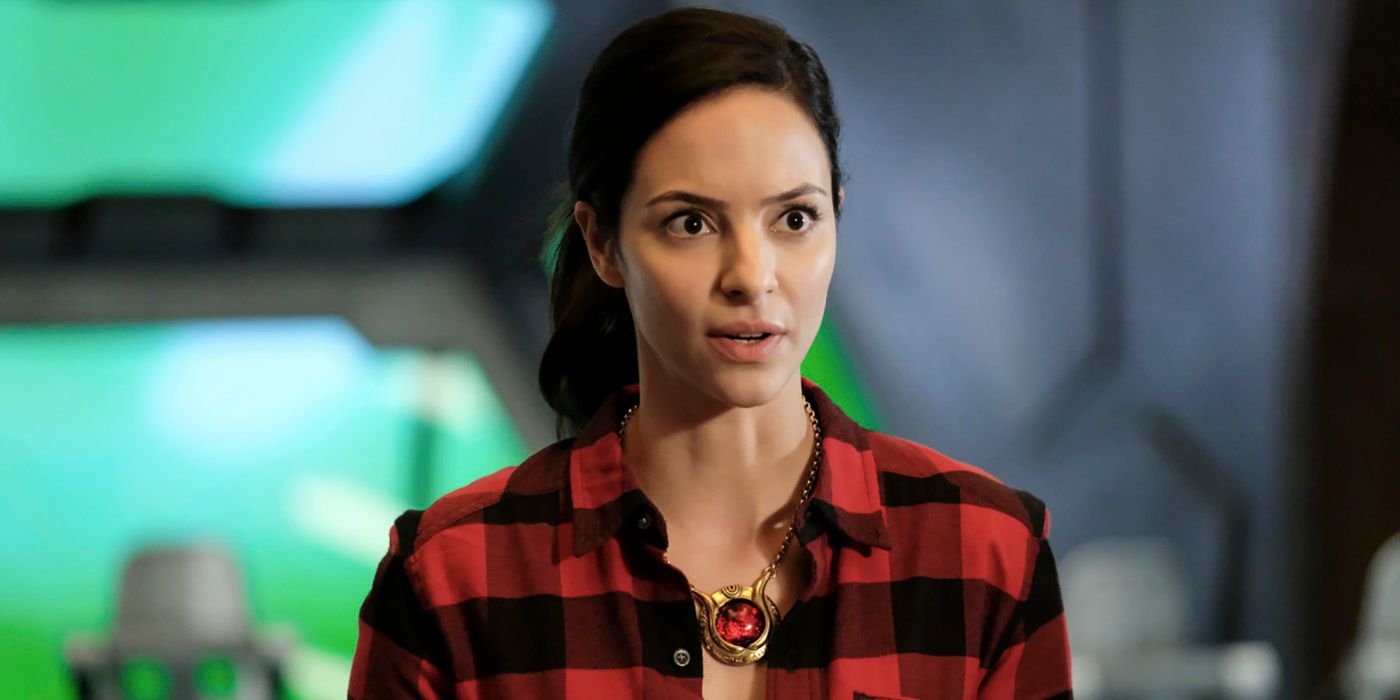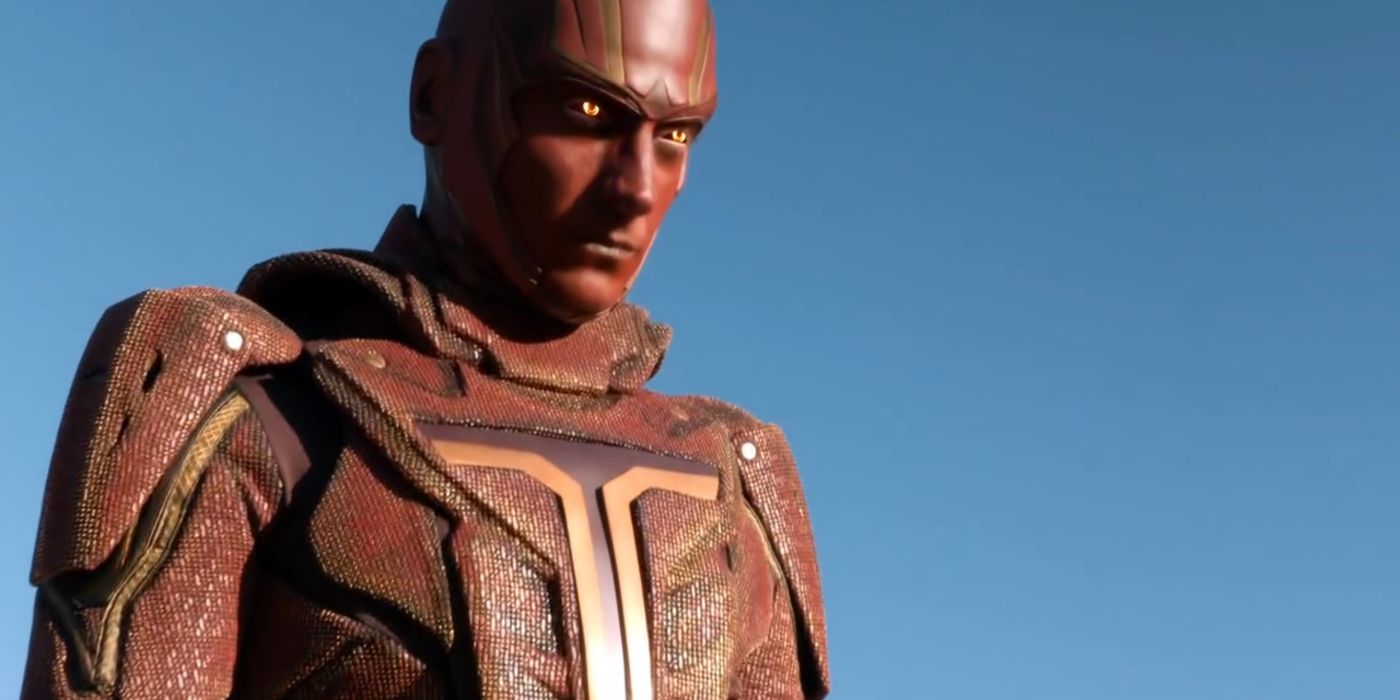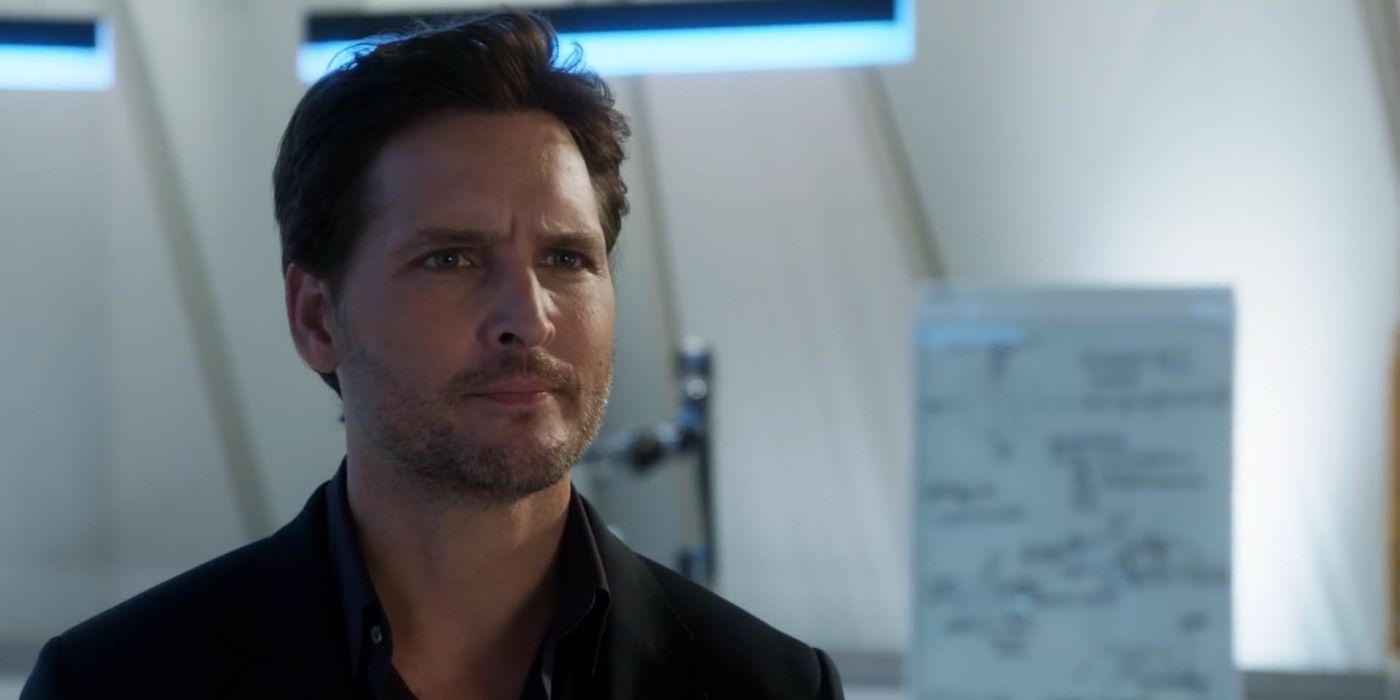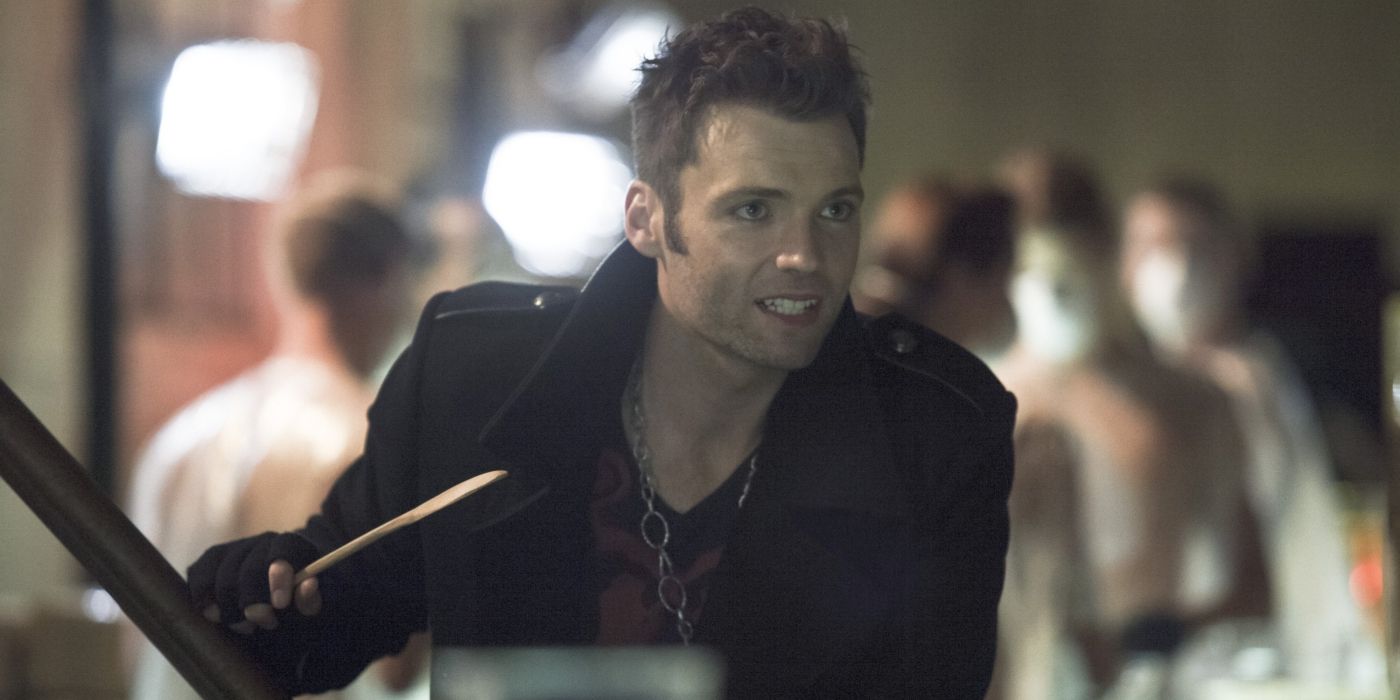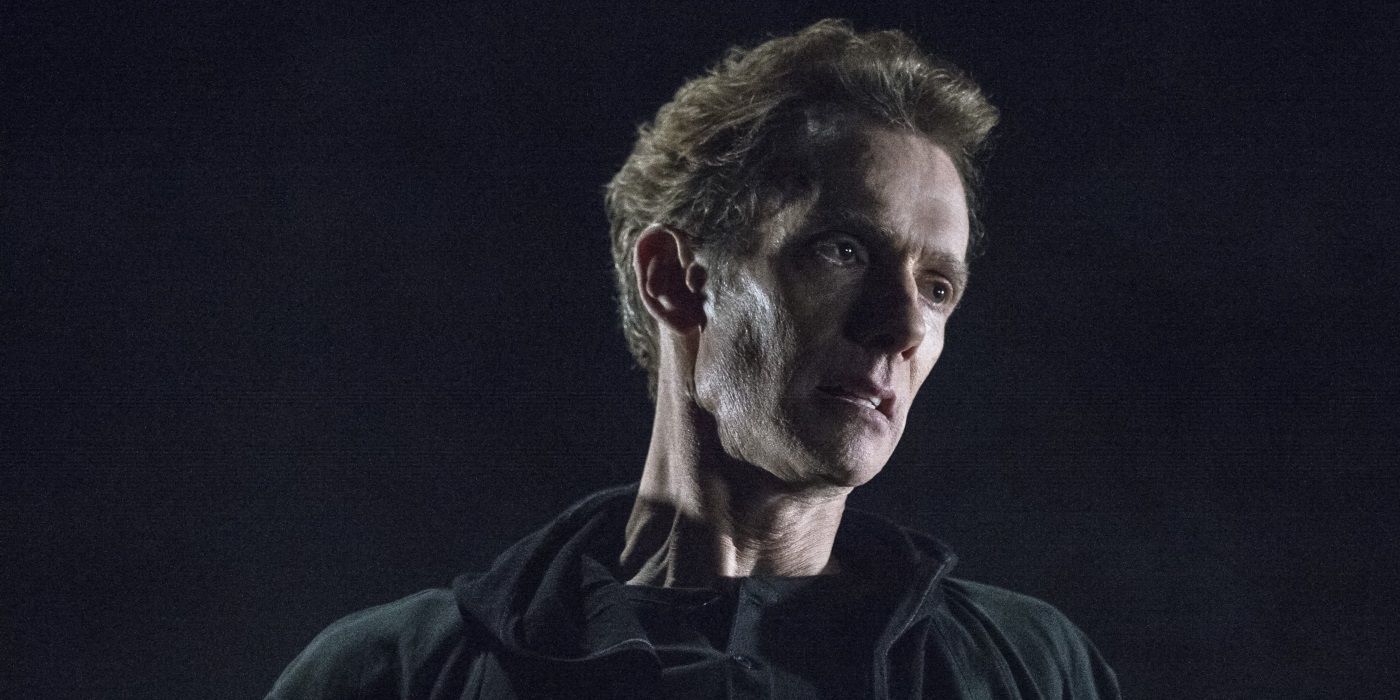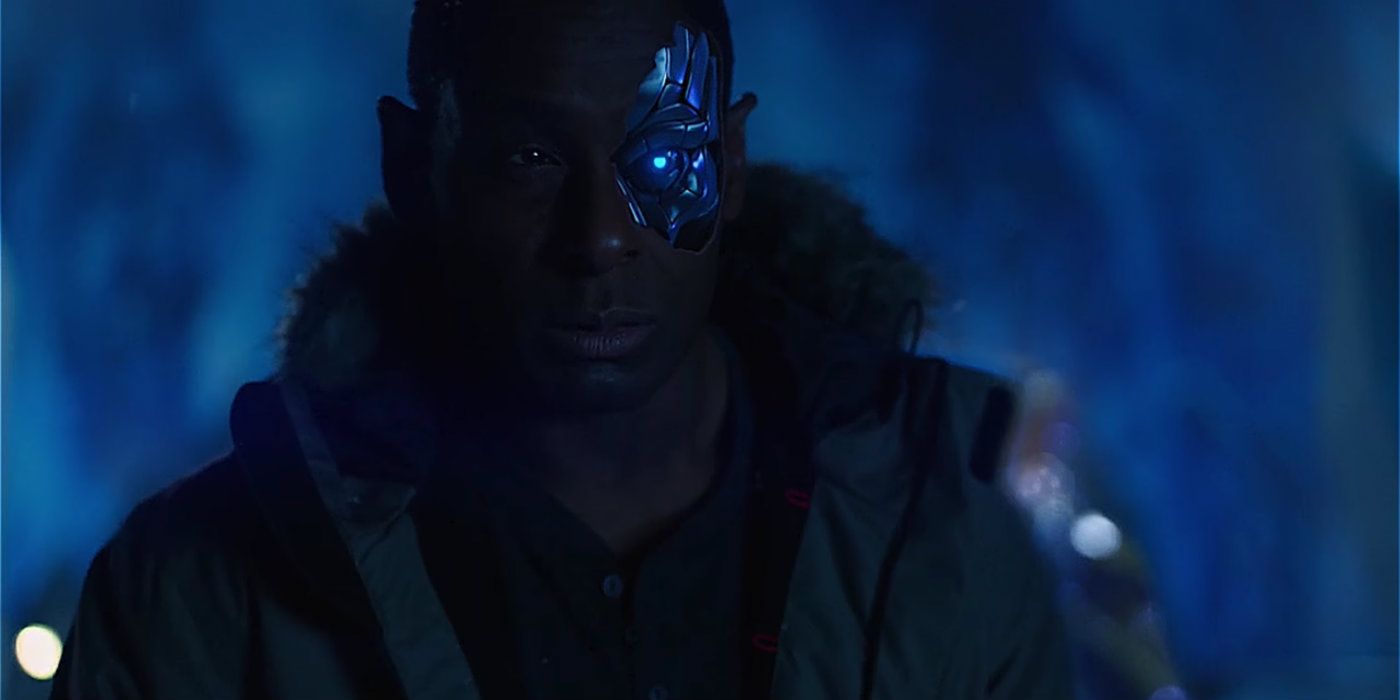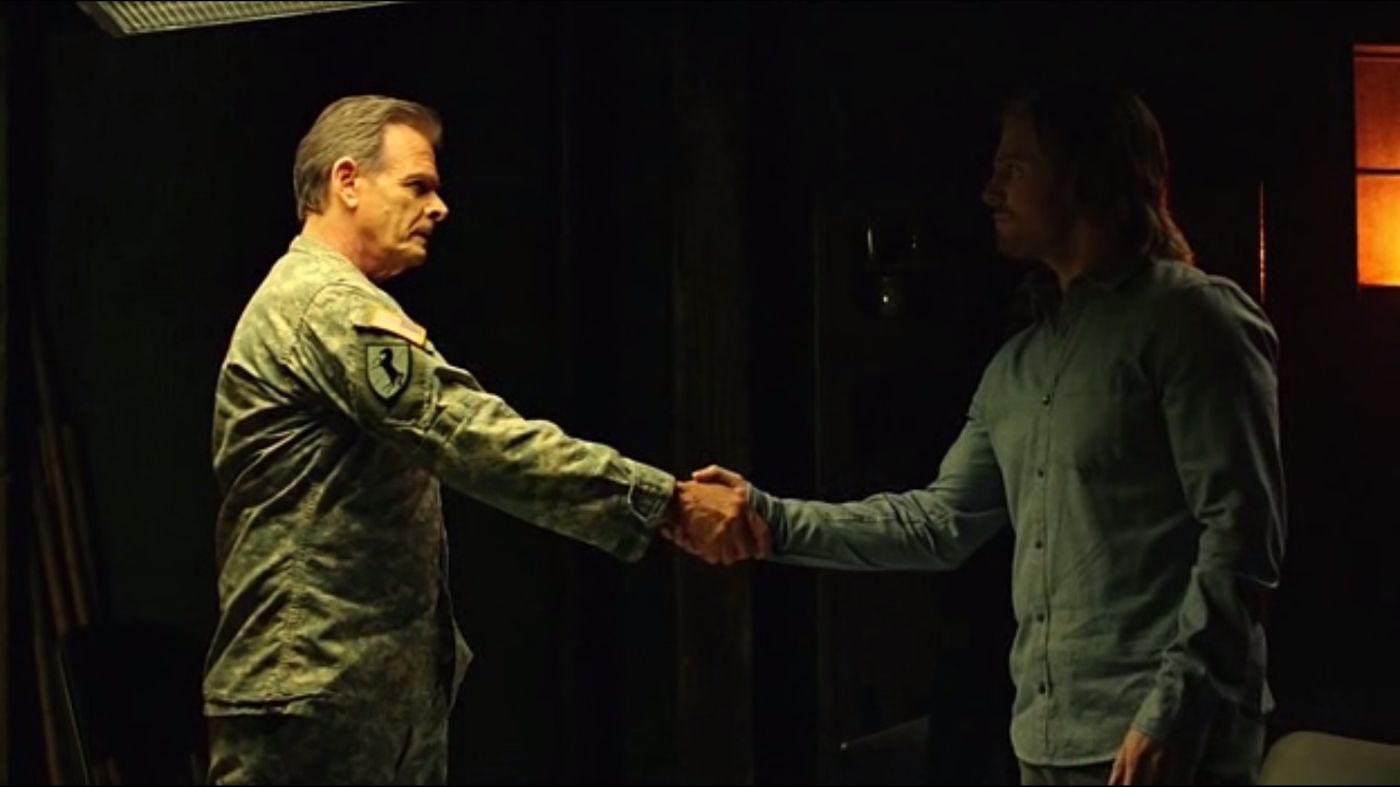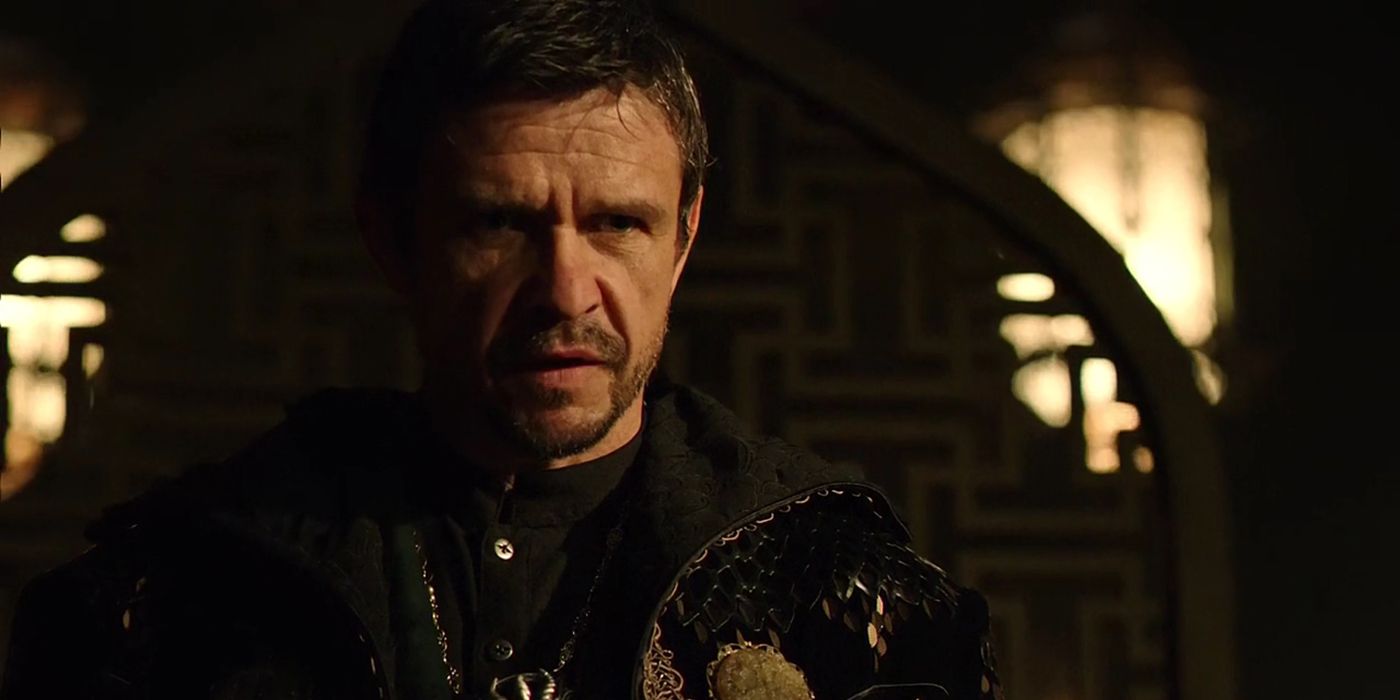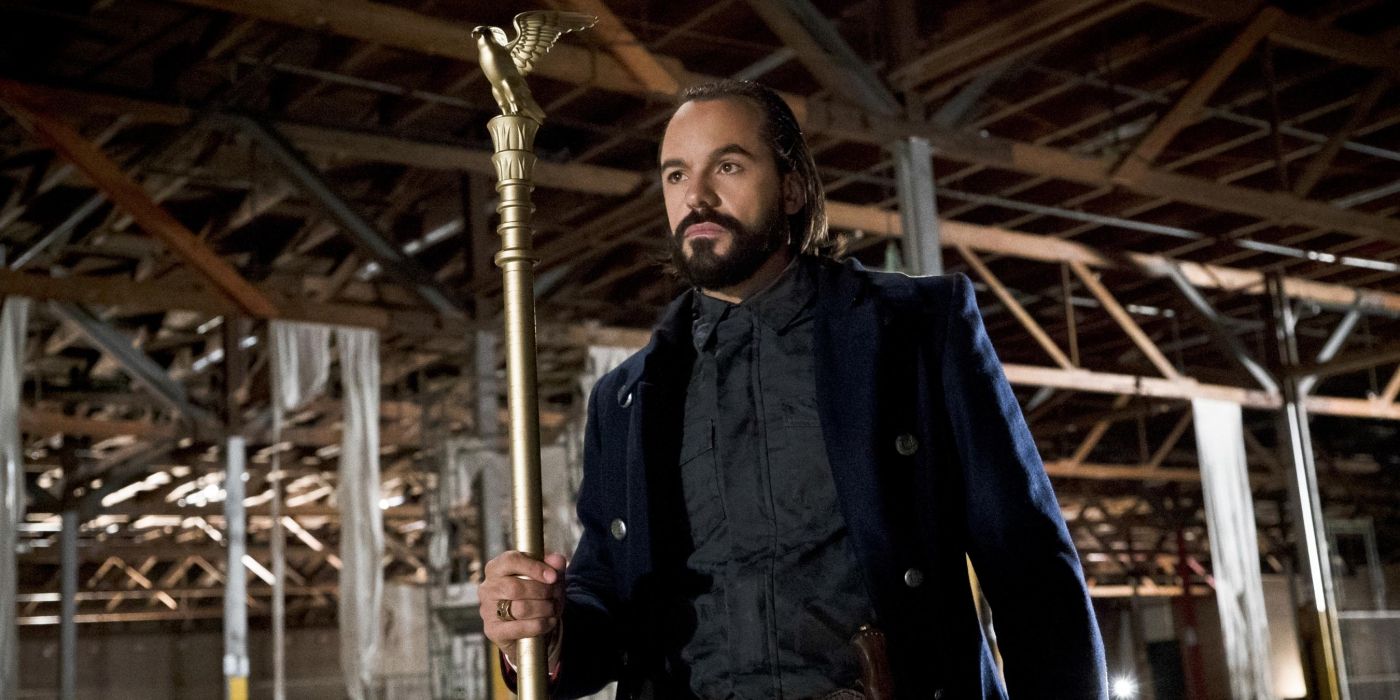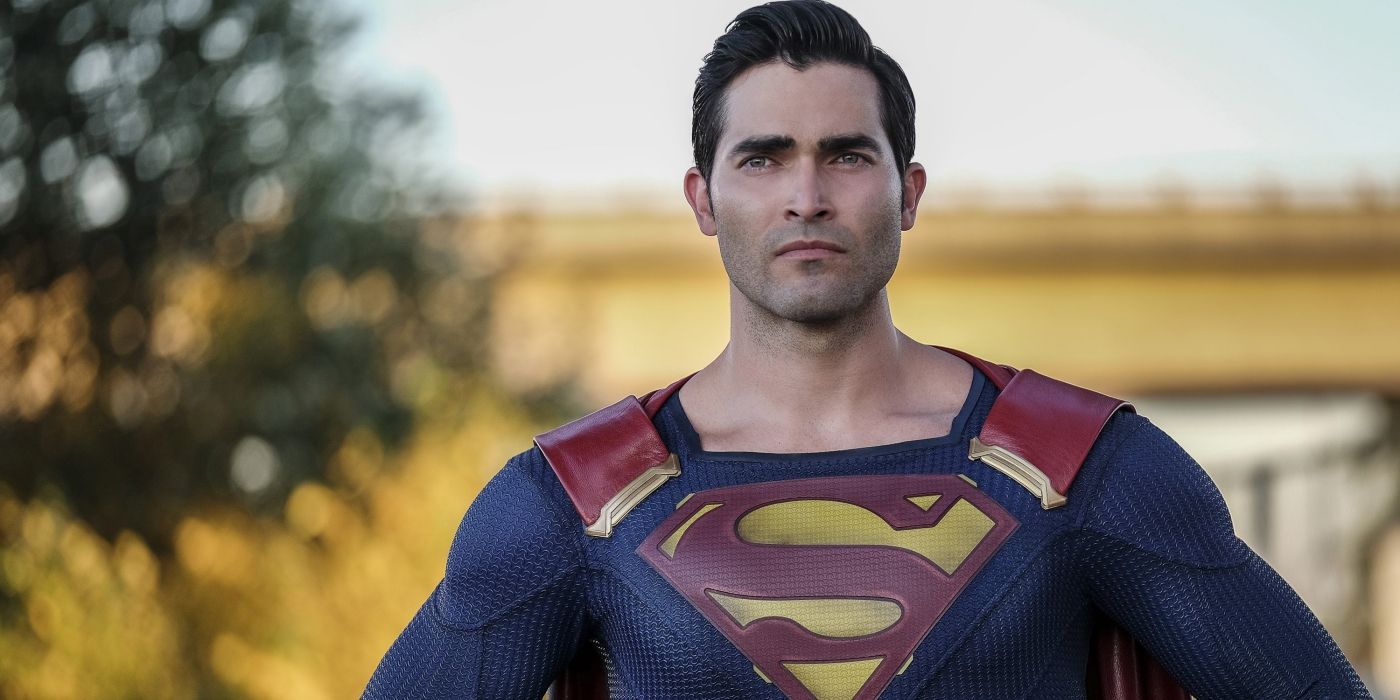The Arrowverse currently consists of four live-action TV shows (Arrow, The Flash, Legends Of Tomorrow and Supergirl) and three animated webseries' (Vixen, Freedom Fighters: The Ray and Constantine: City Of Demons). This multi-show franchise, which was spearheaded by producers Greg Berlanti, Marc Guggenheim and Andrew Kreisberg when they premiered Arrow in 2012, is firing on all cylinders and is a powerhouse for its network, The CW. A new show could soon be set to join the ranks as well, with the recent casting announcement of Ruby Rose playing Kate Kane, aka Batwoman. She will appear in the upcoming season's crossover episodes, and her own solo series is also said to be in the early stages of development.
However, given that this entire DC Universe on TV sprang from one show, which started life with a grounded tone and no use of superpowers, it's fair to say that there has been a lot of growth and evolution in the characters that have appeared in the shows over the years. We would argue that quite a lot of characters have been suppressed in various ways in order to fit in with the relevant show's world. Some characters have had their comic book origin stories completely changed in order to transition to the small screen, while others have made it with very little altered. Some characters have even had their costumes and powersets from the comics toned down so much as to be virtually unrecognizable from the printed page. This article will look at 20 characters who had elements of their stories or powersets altered, removed or otherwise played down in the Arrowverse.
20 JOHN CONSTANTINE
By the time occult detective John Constantine made his first appearance in the Arrowverse in the fourth season Arrow episode 'Haunted', he had already been the star of a short-lived solo show on NBC. While it developed a cult following over time, the ratings were lukewarm and it ended after its 13-episode first season.
Thankfully, the appearance in Arrow then led to the character appearing in Legends Of Tomorrow, and he will become a series regular in that show's fourth season. While his characteriszation is broadly consistent with the Hellblazer comics, some of his darker tendencies have been toned down. The Arrowverse Constantine is a loveable rogue with a dry sense of humour, and nowhere near the unforgiving con artist he can be in the source material.
19 MR. TERRIFIC
In the comic books, Michael Holt, aka Mr. Terrific, is generally depicted as the third smartest person in the world. Before beginning his career as a superhero and leader of the Justice Society Of America, he had already amassed 14 Ph.Ds, become a self-made millionaire and was a Gold medal-winning Olympic decathlete.
His Arrowverse incarnation, named Curtis Holt and played by Echo Kellum, is undoubtedly very smart, as he created the T-Spheres (floating robotic multi-functional devices) like in the comics, but he doesn't have Michael Holt's other accomplishments. He works for Felicity Smoak at Palmer Technologies and has to be trained by Oliver Queen to become a vigilante. His skillset was suppressed for TV, but it arguably made him more relatable to fans.
18 BLACK CANARY
The incarnation of Black Canary that fans know best in post-Crisis DC continuity is Dinah Laurel Lance, the Birds Of Prey and Justice League member and romantic interest of Green Arrow. She is a world-class martial artist, gymnast, covert operative and investigator. She also has a metahuman power: the Canary Cry, which allows her to weaponize ultrasonic vibrations when she screams.
In the Arrowverse, elements of Black Canary's characterization have been bestowed upon both Laurel and Sara Lance (who now operates in Legends Of Tomorrow as White Canary). When Laurel donned the costume in Arrow season three, her Canary Cry was no superpower -- rather it was a weapon that emitted a sonic wave, created for her by Cisco Ramon.
17 DEATHSTROKE
Slade Wilson, aka Deathstroke, is one of the most popular villains/anti-heroes in the DCU. He first appeared in Arrow season one during the flashbacks to Oliver Queen's time on the mysterious island Lian Yu and he later returned as the main villain of season two. He was depicted as a highly-capable soldier who trained Oliver in survival tactics and was a mentor to him, but when he took the 'mirakuru' drug that gave him superhuman strength and reflexes, his mind was affected.
He was driven insane and developed a hatred for Oliver when he failed to save the life of Shado (Oliver's girlfriend and the woman Slade loved). This revenge motivation worked for TV, but reduced Slade's keen intellect, detached unforgiving nature and psychological stability from the comics.
16 THE FLASH
There are many differences between adapting a superhero for the big and small screens, especially if that character is the lead of the movie or television show. In a two-hour film, time constraints mean the hero's journey is sped through quickly (no pun intended), as the audience expects the character to have attained their powers, trained to use them and encountered the villain after roughly an hour of screentime.
In a 22-episode TV season, though, the hero can consistently be learning and improving with each obstacle that is thrown their way, and it makes for a compelling character arc. In much of The Flash's early seasons, Barry Allen is effectively a student, training hard to get faster and master the Speed Force, and it often mirrors his personal development.
15 RAGMAN
The version of Ragman who appeared in Arrow season five was a mostly faithful adaptation of the mystical vigilante who has been a member of the DCU since his creation in 1976. In the show, Rory Regan's backstory was changed from the source material, however. He was shown to be the sole survivor of a nuclear explosion in his hometown of Havenrock.
He had survived by wearing a suit of mystical rags from the Devarim period (the time in which Moses wandered the wilderness after leaving Egypt) and he could manipulate them in battle to grip, lift, throw and climb. In the comics, though, he can increase his power, speed and stamina a hundred times over and the rags can also absorb corrupted souls, which add to his strength.
14 PROMETHEUS
Prometheus, a supervillain originally created by Grant Morrison and Arnie Jorgensen during Morrison's seminal '90s JLA run, was wildly reimagined when he was used as the main antagonist of Arrow season five. The character, who wore an A.I. enhanced helmet capable of downloading the knowledge and physical skills of others directly into his brain, actually took down every member of the Justice League during his first appearance before he was caught off-guard by Catwoman.
The show's version of Prometheus had no helmet and looked nothing like the comic book counterpart, with even show producer Marc Guggenheim saying he wasn't based on any one particular character. In the end, this wasn't so much a suppression as an adaptation in name only.
13 DOCTOR ALCHEMY
The Doctor Alchemy that appeared in The Flash season three was a very loose adaptation of the comics character. In fact, there have been three incarnations of Alchemy in DC continuity, and elements of each were used in the creation of Julian Desmond, a forensic scientist and Barry Allen's rival in the CCPD.
It was revealed that Julian had no knowledge of his activities as Alchemy, which mirrored the dissociative personality disorder the first comic book Alchemy, Albert Desmond, suffered from. In the comics, the Philosopher's Stone enabled Alchemy to transmute any substance to another and also transform the molecular structure of the human body, whereas in the show he could only restore powers to metahumans from the Flashpoint timeline.
12 SAVITAR
In The Flash's third season, Doctor Alchemy was an unwitting pawn of Savitar, a villainous speedster wearing a Transformers-esque battlesuit. Despite the markedly different appearance, the characterisation was similar to the villain named after the Hindu God of motion Savitar, created by Mark Waid and Oscar Jimenez in 1995.
He amassed a cult of followers who worshipped him as a Speed God, and this was reflected in the show as well. But where the character was suppressed was in the show's reveal of Savitar's origin as an evil time-remnant/duplicate of Barry Allen who was angry at his 'creator' for abandoning him. While it personalized his connection to Barry, it meant the Savitar identity was little more than a fabricated smokescreen.
11 ISIS
The most recent incarnation of Isis in DC Comics lore was introduced in 2006 as a female counterpart to Black Adam. She was Adrianna Tomaz, an Egyptian refugee who was brought to Black Adam as a gift from Intergang. He killed her abductors and then found her to be unafraid of him, as well as vocal about how he could change his nation Khandaq for the better.
He then used the mystical Amulet of Isis to bestow her with Goddess-like powers. The character named Zari Adrianna Tomaz that appears in Legends Of Tomorrow is clearly inspired by Isis, but is very different and much less powerful. She is a Muslim-American hacker from the future who gets her air-bending powers from a totem that resembles the Amulet Of Isis.
10 RED TORNADO
Red Tornado is a sentient android superhero with the ability to generate tornado-speed winds, which in turn enable it to fly and create storms. Tornado is highly intelligent and can access information from foreign computer systems, as well as possessing enhanced speed, strength and durability. It first appeared in 1968's Justice League Of America #64 and was created by Gardner Fox and Dick Dillin.
When the character was adapted for a first season episode of Supergirl, his superheroic nature was barely even hinted at, with Tornado being depicted as a combat android being controlled by T.O. Morrow to create havoc in National City. Supergirl even destroyed him at the end of the episode. Oh well.
9 MAXWELL LORD
The version of Maxwell Lord that functioned as an antagonist in season one of Supergirl was quite different from his many incarnations in the comic books. Lord's origin has been retconned a few times, but he is always shown to be influential in the formation of the Justice League International. Most fans of today would know him as the villain who executed Ted Kord/Blue Beetle in the buildup to 2005's Infinite Crisis.
During this story he was revealed to be a criminal mastermind who gathered sensitive information on superheroes while running the JLI and he then used his army of cyborg OMACs (humans infected with a nanovirus) to hunt superhumans. Sadly, his role in Supergirl amounted to little more than being a wealthy and amoral Lex Luthor stand-in.
8 COUNT VERTIGO
In order to fit in with the grounded, semi-realistic tone that producers were aiming for in the early seasons of Arrow, several of the villains used were altered significantly from their comic book counterparts. Count Vertigo, the last descendent of the Royal Family of Vlatava and costumed criminal who used an electronic device embedded in his head to upset the balance of his foes (dubbed 'the vertigo effect'), was reimagined in the show as a street-level dealer nicknamed 'The Count'.
He was pedalling a substance named vertigo and got the nickname due to the two distinctively vampire-like puncture marks the substance's delivery system left on users' necks. Perhaps a more faithful adaptation could have been possible if he had come along later in the show's history.
7 DEATHBOLT
By the time Arrow reached its third season, the producers had already introduced The Flash in season two (who was then spun-off into his own show) and also introduced the drug 'mirakuru', which turned people into super soldiers with augmented strength. Season three was therefore the perfect time for superpowers to be introduced to the series in full, and Doug Jones' Deathbolt was the first metahuman encountered by Team Arrow.
He had the ability to control and shoot plasma and while this was a step up in outlandishness for the show, it paled in comparison to his comic book origin as a criminal experimented on by the Ultra-Humanite to become a living electrical battery capable of aiding him in his fight with the All-Star Squadron!
6 HANK HENSHAW
The story of Hank Henshaw, played by David Harewood on Supergirl, is a convoluted one that bears very little resemblance to anything from the comics. Henshaw is first introduced as the head of the DEO (Department Of Extranormal Operations) and a former CIA agent. He is soon revealed to be J'onn J'onzz/Martian Manhunter posing as Henshaw, who is deceased and was actually prejudiced against aliens.
However he is eventually resurrected as a partial cyborg, which is closer to his comic book incarnation of Cyborg Superman, but still pretty far away from fully faithful. The importance of Cyborg Superman, who played a pivotal role in the "Death Of Superman" story, was certainly played down in this screen version of Hank Henshaw.
5 MATTHEW SHRIEVE
In the third season flashback portions of Arrow, Oliver Queen's main antagonist is General Matthew Shrieve. He presents himself as a more reasonable alternative to the hardline Amanda Waller, but is secretly plotting to attack China with a virus, as he sees the country as a growing threat to the United States.
There is no hint as to the character's comic book origins, which are a mile away from the military bad guy presented here. In the comics, Shrieve was the heroic leader of the Creature Commandos, a team of superhuman monsters fighting during World War II. Shrieve was the hard-as-nails human Lieutenant, and his team included a werewolf, a vampire, a Frankenstein's monster-esque creature and a couple of robots.
4 RA'S AL GHUL
As one of the most important villains in the DC Universe, it's no surprise that Ra's al Ghul has been featured in many on-screen adaptations of DC properties. In Arrow's third season, the character was the main antagonist and was played by Australian actor Matt Nable. Ra's commanded his League Of Assassins, lived in the mysterious land of Nanda Parbat, had a daughter named Nyssa and sustained himself with dips in the rejuvenating Lazarus Pit.
This was all extremely faithful to the source material, but there was one major difference that we feel meant Ra's was suppressed slightly on the show: Ra's is portrayed as a mantle that is passed from one successor to another, as opposed to Ra's al Ghul himself being a 600-year-old immortal.
3 BROTHER BLOOD
There have been two incarnations of Brother Blood in DC Comics history, both of whom were primarily antagonists of the Teen Titans. Both characters are religious zealots backed by an army of fanatical followers (the Church Of Blood) and have various supernatural powers such as hypnosis, aptitude for sorcery, a slowed aging process and enhanced strength.
The version that appeared in Arrow season two was a charismatic Mayoral candidate for Starling City named Sebastian Blood, who was secretly in league with Deathstroke and led a 'blood cult' by night. When addressing his cult he wore a skull mask and used a voice modifier, which made him look very much like the Scarecrow. This grounded version was nowhere near as powerful as in the comics.
2 VANDAL SAVAGE
Vandal Savage has plagued the world of the DC Universe with violence and crime since the very beginning of recorded human history. He has tangled with hundreds of heroes throughout time, and at one point actually believed himelf to be Cain, the world's first criminal, who ended his brother Abel in the Book of Genesis.
Savage's stories are theoretically endless, as he could have been operating at any given point in time, in any given area of the world. In The Flash and Legends Of Tomorrow, Savage was shown to be around 4000 years old and his origin was combined with the villain Hath-Set, archenemy of Hawkman and Hawkgirl. This tied him too specifically to those characters, and robbed us of so many cool possibilities for Vandal Savage stories on TV.
1 SUPERMAN
The Arrowverse Superman is a very faithful representation of the comics. Tyler Hoechlin plays Clark Kent with just the right amounts of charm, strength and nobility. His powerset is accurate to the comics, as we see flight, heat vision, super-strength and also his weakness to Kryptonite. Therefore, his suppression comes not from his depiction on the show, but rather how sparingly he's used.
He has only appeared in four episodes of Supergirl, despite Hoechlin proving very popular with fans. DC has always seemingly wanted to keep their film and TV universes separate, so use of Superman is mandated to be brief. But they also know that increased exposure could result in their most powerful hero making other Arrowverse characters look weak by comparison.

